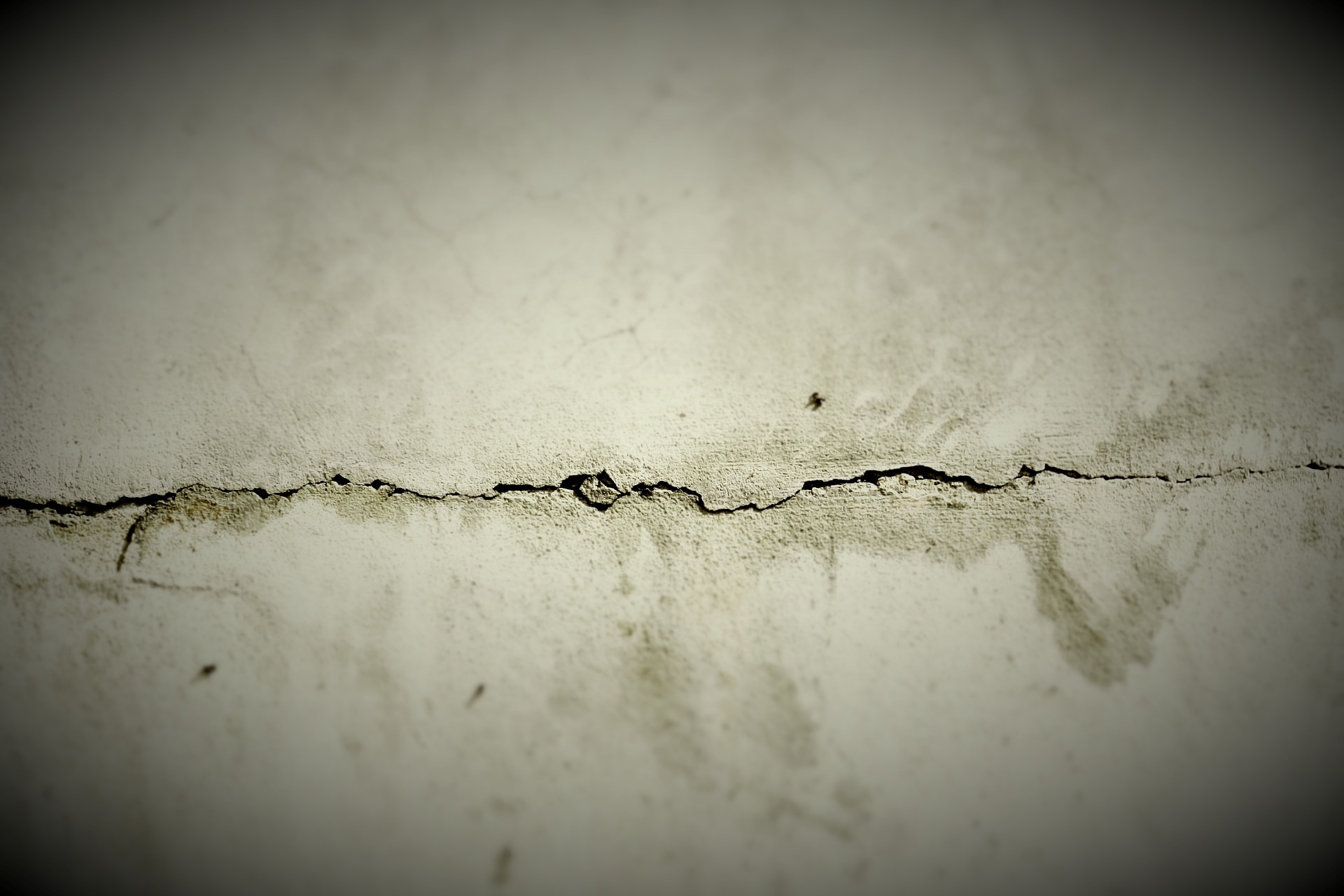Concrete Cracks – Causes & Methods for Repair 2025
Concrete structures are renowned for their strength and durability, yet even the most robust materials can develop cracks over time due to various factors such as weather changes, structural stress, and material aging. Understanding the root causes of these cracks is essential for effective repair and maintenance. This comprehensive guide delves into the primary reasons behind concrete cracking and presents modern repair techniques available in 2025, helping property owners and professionals make informed decisions to extend the lifespan of their concrete structures and save on costly repairs.

Concrete cracking is a common issue that affects residential and commercial properties across Australia. While some cracks are merely cosmetic, others can indicate serious structural problems that require immediate attention. Modern repair techniques have evolved significantly, offering property owners more effective and durable solutions than ever before.
What Causes Concrete Cracks?
Several factors contribute to concrete cracking, with shrinkage being the most common cause. As concrete cures, it naturally loses moisture and contracts, creating internal stresses that can result in surface cracks. Temperature fluctuations also play a significant role, as concrete expands and contracts with heat and cold cycles. In Australia’s varied climate, these temperature changes can be particularly pronounced.
Settlement issues represent another major cause of concrete cracking. When the ground beneath concrete structures shifts or settles unevenly, it creates stress points that manifest as cracks. Poor soil preparation, inadequate compaction, or changes in moisture levels can all contribute to settlement problems. Additionally, excessive loading beyond the concrete’s design capacity can cause structural cracks that compromise the integrity of the entire structure.
Modern Methods for Repairing Concrete Cracks in 2025
Today’s concrete repair methods have advanced considerably from traditional approaches. Epoxy injection remains one of the most effective techniques for structural cracks, providing excellent bonding strength and durability. This method involves injecting liquid epoxy under pressure into the crack, creating a bond stronger than the original concrete.
Polyurethane injection has gained popularity for its flexibility and water-resistant properties. This method works particularly well for cracks that experience movement or are exposed to moisture. The polyurethane material can accommodate slight movements without losing its seal, making it ideal for areas subject to thermal expansion and contraction.
Crack stitching represents another innovative approach, involving the installation of mechanical anchors across cracks to prevent further movement. This method is particularly effective for larger structural cracks where preventing future expansion is crucial.
The Future of Concrete Repairs
Emerging technologies are revolutionising concrete repair methodologies. Self-healing concrete, incorporating bacteria or polymer capsules that activate when cracks form, represents a significant advancement in preventive repair technology. While still in development phases, these materials show promise for reducing long-term maintenance requirements.
Nanotechnology applications are also advancing, with nano-materials being developed to penetrate deeper into concrete structures and provide more comprehensive repairs. These materials can fill microscopic voids and strengthen the concrete matrix at a molecular level.
Digital monitoring systems using sensors embedded in concrete structures allow for real-time crack detection and monitoring. This technology enables proactive maintenance approaches, addressing issues before they become major problems.
Cost Overview for Concrete Crack Repair in 2025
Understanding repair costs helps property owners make informed decisions about concrete maintenance. Pricing varies significantly based on crack severity, repair method, and location accessibility.
| Repair Method | Provider Type | Cost Estimation (AUD) |
|---|---|---|
| Epoxy Injection | Professional Contractors | $150-$400 per linear metre |
| Polyurethane Injection | Specialist Repair Companies | $200-$500 per linear metre |
| Crack Stitching | Structural Engineers | $300-$800 per linear metre |
| Surface Sealing | General Contractors | $50-$150 per linear metre |
| Full Section Replacement | Concrete Specialists | $400-$1200 per square metre |
Prices, rates, or cost estimates mentioned in this article are based on the latest available information but may change over time. Independent research is advised before making financial decisions.
Labour costs typically account for 60-70% of total repair expenses, with materials representing the remainder. Complex repairs requiring specialised equipment or access challenges can increase costs significantly. Geographic location also influences pricing, with metropolitan areas generally commanding higher rates than regional locations.
Choosing the Right Repair Approach
Selecting appropriate repair methods requires careful assessment of crack characteristics, underlying causes, and long-term performance expectations. Hairline cracks in non-structural elements may only require surface sealing, while structural cracks demand more comprehensive approaches like epoxy injection or mechanical reinforcement.
Professional assessment is crucial for determining the most suitable repair strategy. Qualified engineers can evaluate crack patterns, identify underlying causes, and recommend appropriate solutions. This assessment should consider factors such as crack width, length, location, and whether the crack is active or dormant.
Environmental conditions also influence repair method selection. Areas exposed to freeze-thaw cycles require flexible repair materials, while structures in marine environments need corrosion-resistant solutions. The intended lifespan of the repair and budget constraints further guide decision-making processes.
Proper surface preparation is essential regardless of the chosen repair method. This includes cleaning the crack, removing loose material, and ensuring adequate bonding surfaces. Following manufacturer specifications and industry best practices ensures optimal repair performance and longevity.
Concrete crack repair in 2025 offers numerous advanced solutions for addressing various types of damage. By understanding crack causes, available repair methods, and associated costs, property owners can make informed decisions that protect their investments and ensure structural integrity for years to come.




